Here are some useful music apps to help teachers and students integrate technology into music creation and theory.
Scale coding system reflective of John Coltrane’s “Circle of Tones”, the diagram is based on the circle of fifths which, in musical theory, is a geometric representation of the relationships between the 12 semitones of the chromatic scale, their notations (flat or sharp), and their relative shades. This free program utilizes colour coding to make links and transitions betweeen different scales, keys and modalities. The program allows users to input and understand the Keys/Chords in relation to the relative notes of previous and selected Keys/Chords. This tool will be useful for teachers and learners as they explore writing original compositions and find new modes of musical expression.
https://universalharmony.info/
Muse score is a free open source music notation software program. This program will be useful for upper level theory and AP students you wish to start writing their own music. It can also receive midi information for writing notation via keyboard.
https://musescore.org/en
Singscope is an app that tracks pitch as people sing. This will be useful for teachers and students in choir whether practicing alone or in a group harmonizing. It charts a pitch graph and allows you to listen back and zoom in on different areas to see if things are in harmony. The playback function is great to track progress and determine aspects of a piece that require more work.
http://www.singscope.com/en/
Playscore is a music sheet scanning app that transcribes sheet music into separate accompaniments and can also play back music for solo, choral and full band work. It allows educators or students to snap any music exercise to check pitch and rhythm in their own study time.
https://www.playscore.co/
The website www.musictheory.net provides free exercises and lessons. There are simple exercises around notes, key signatures, interval identification, scale identification, chord identification. It is a very simple visually based tool for students to test their knowledge. The website also has basic theory lessons for students to hone their skills on. The exercises and lessons would be great take home assignments for students, especially in the age of google classroom.
https://www.musictheory.net/
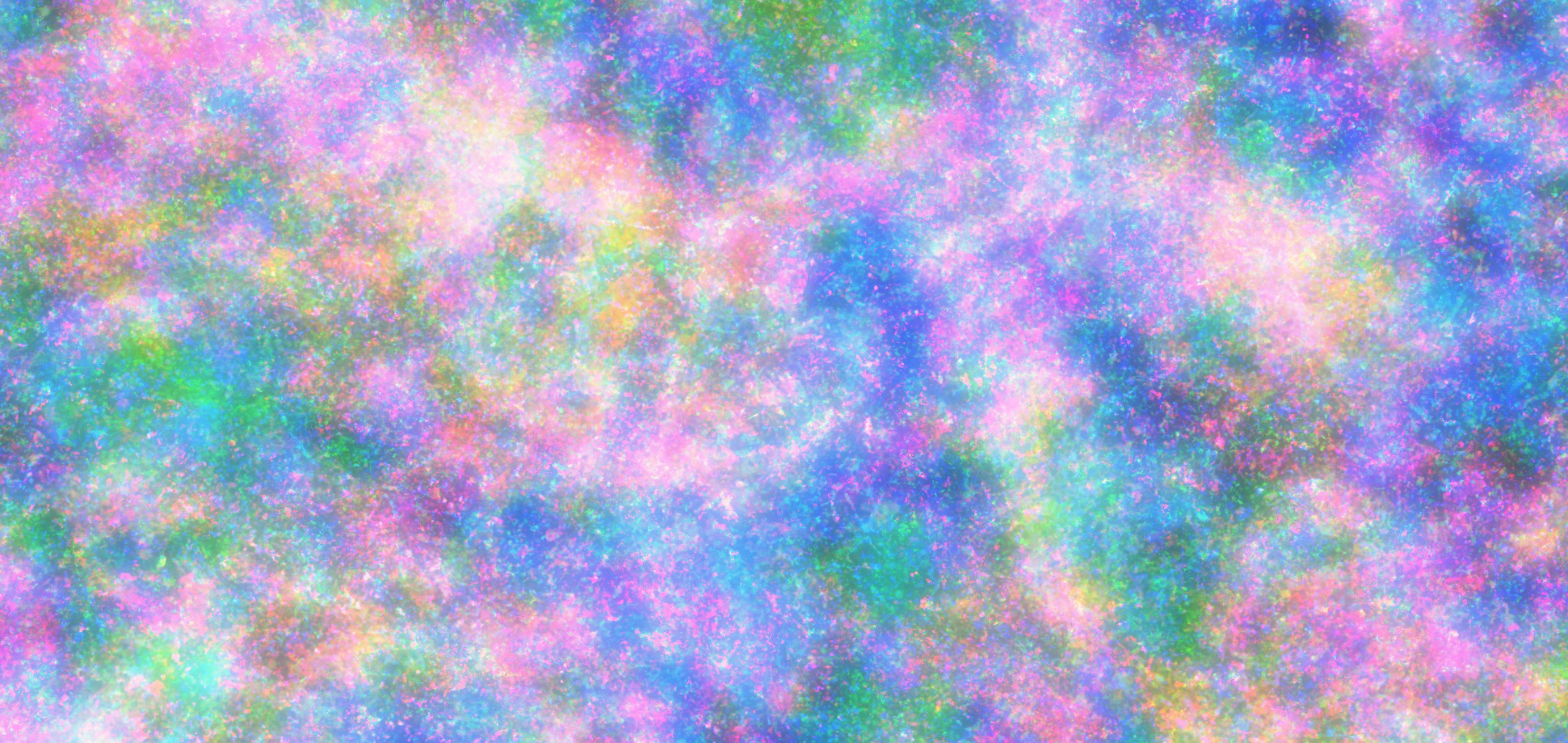
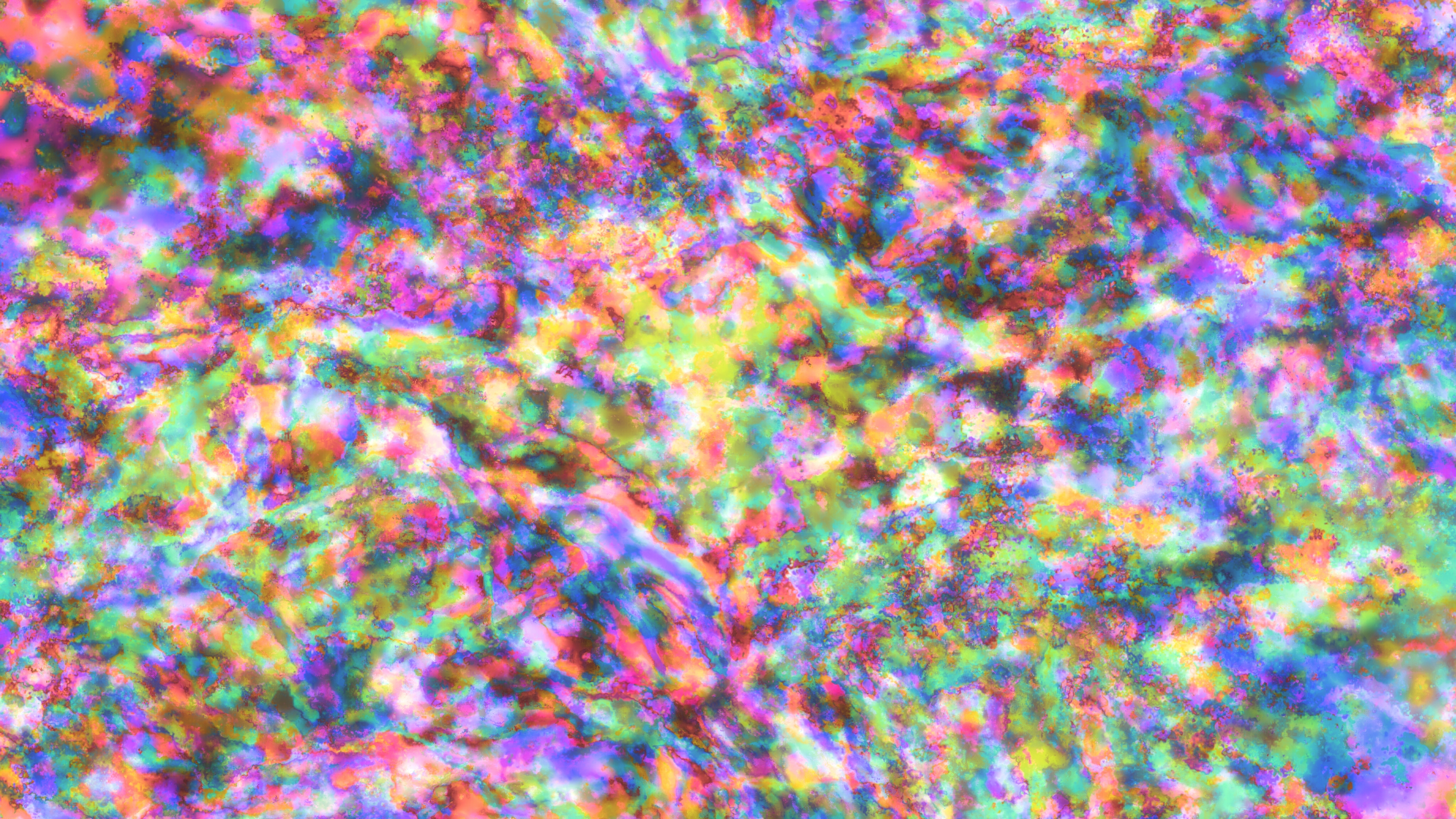
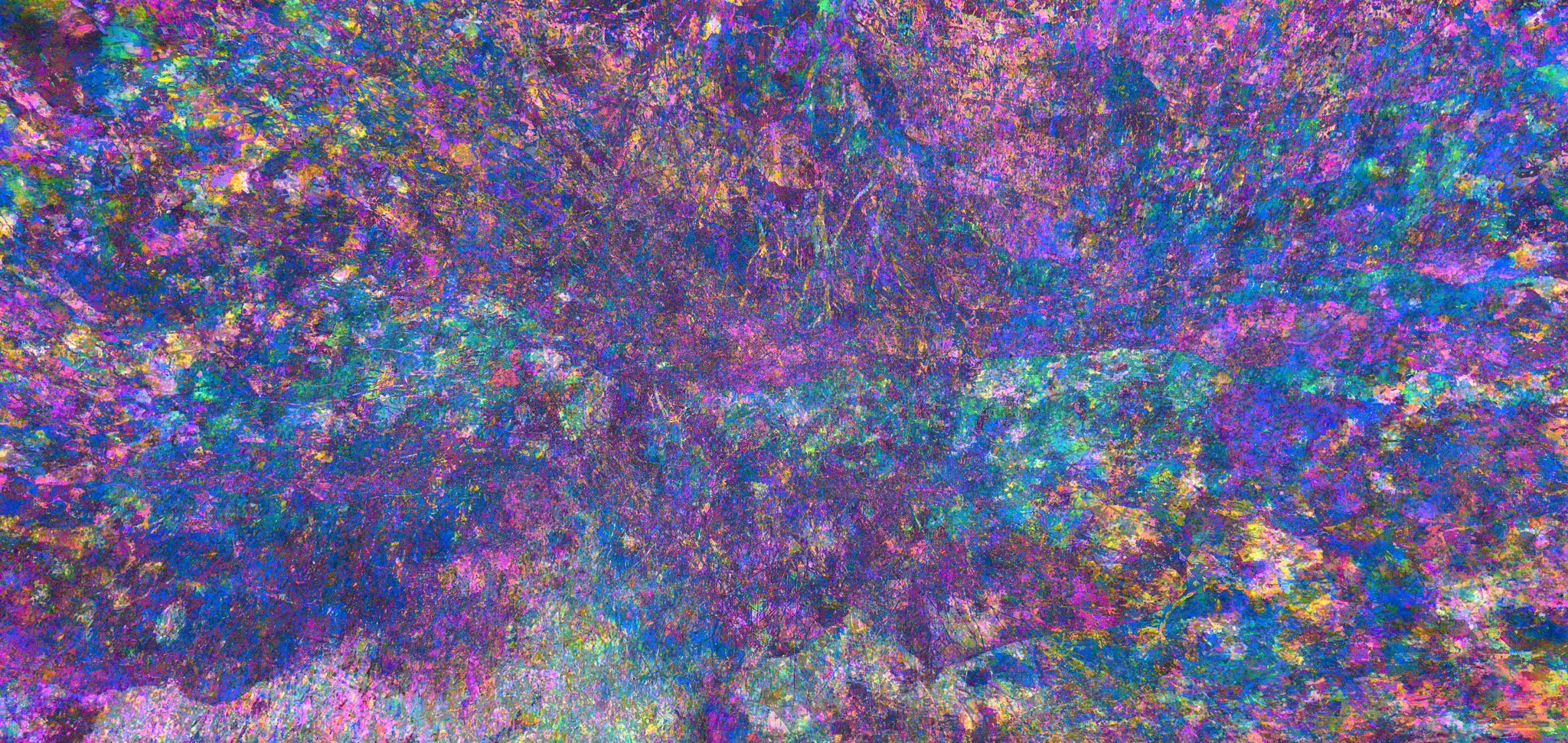
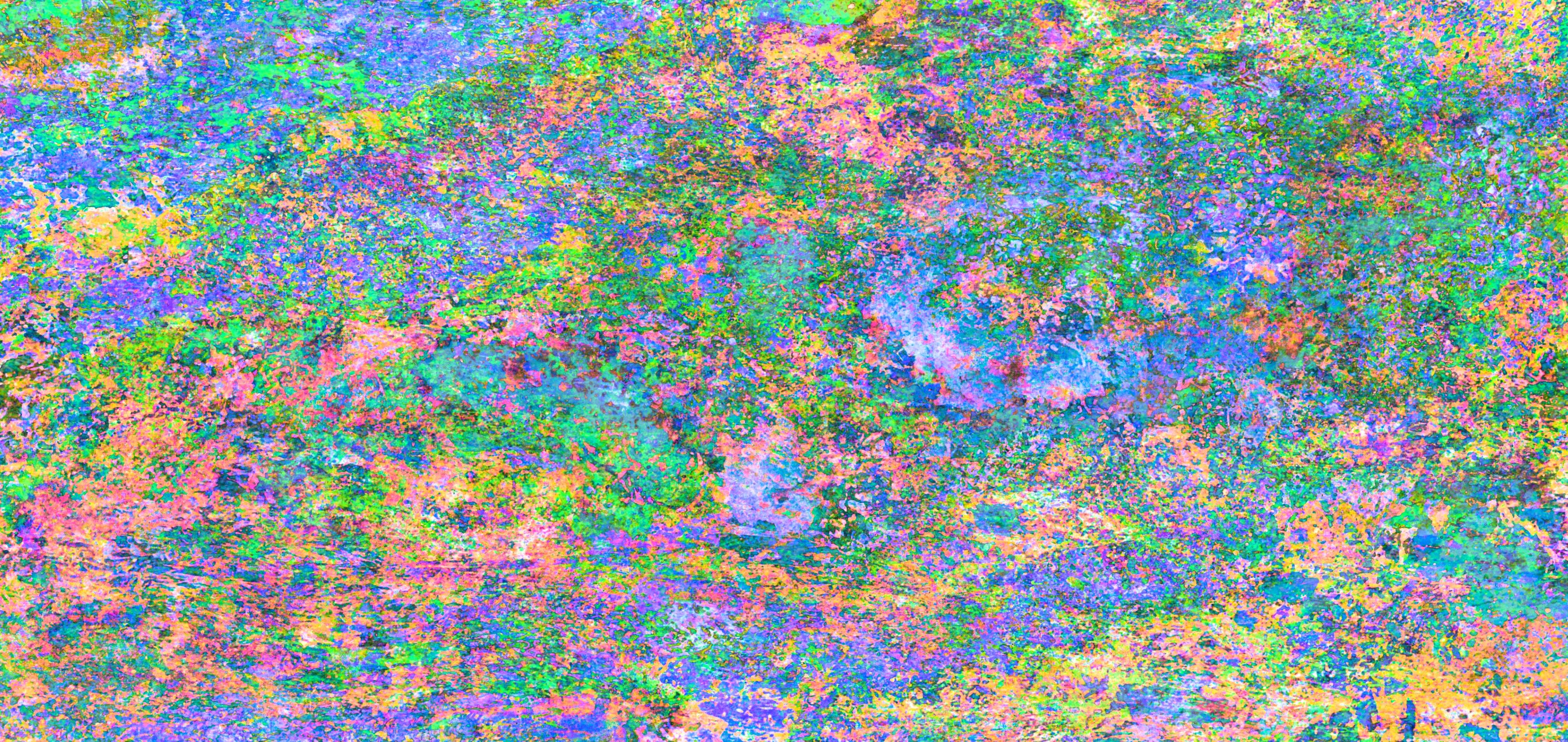






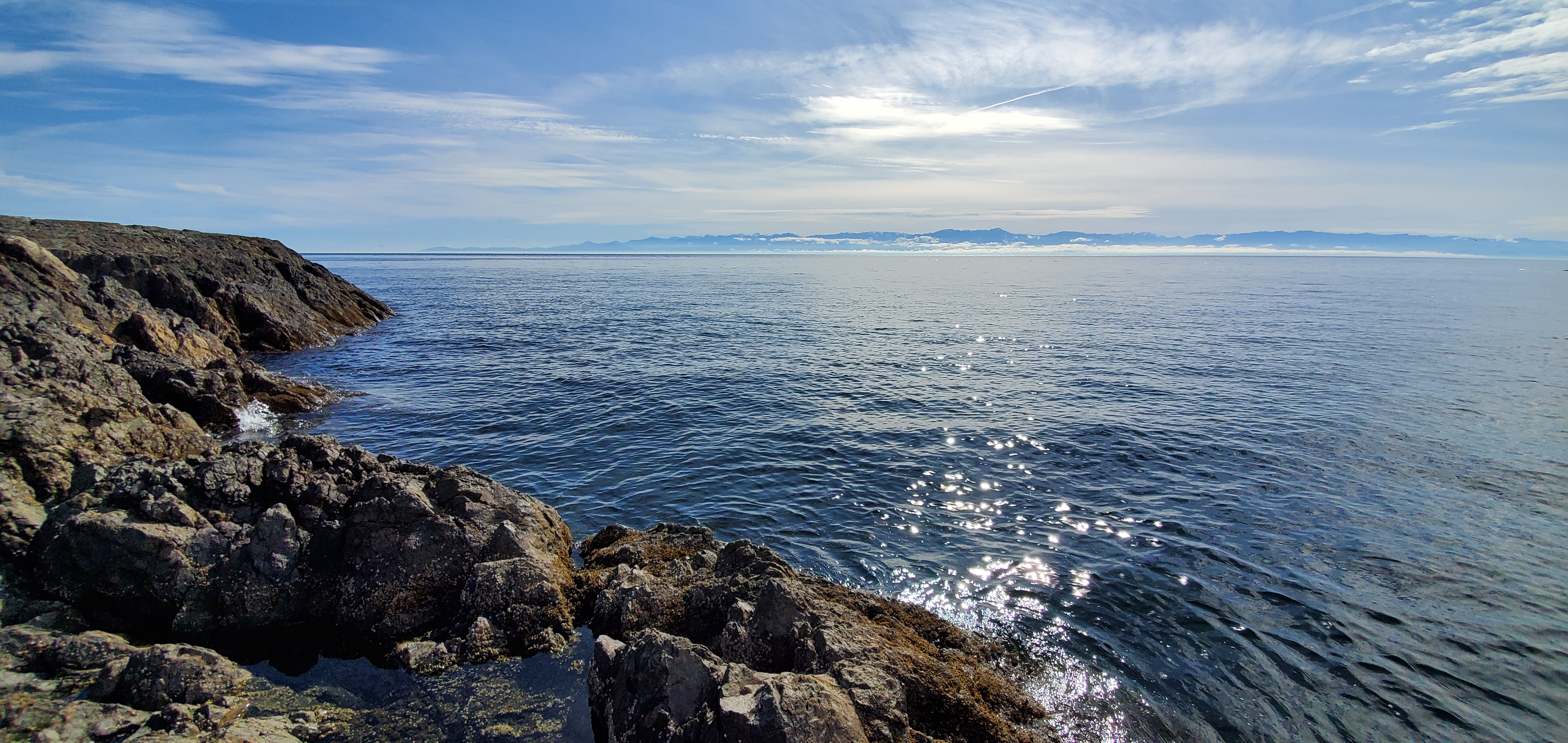

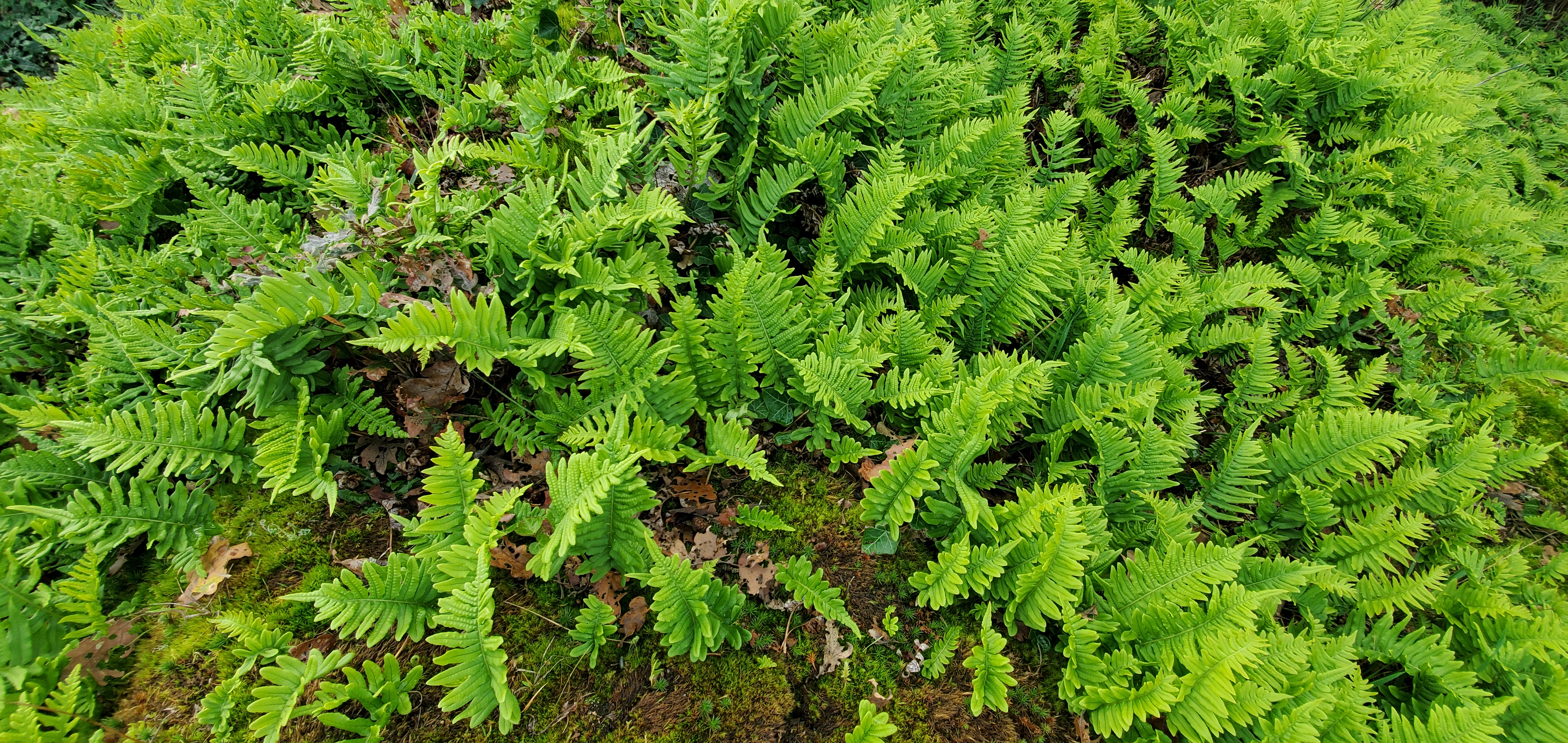
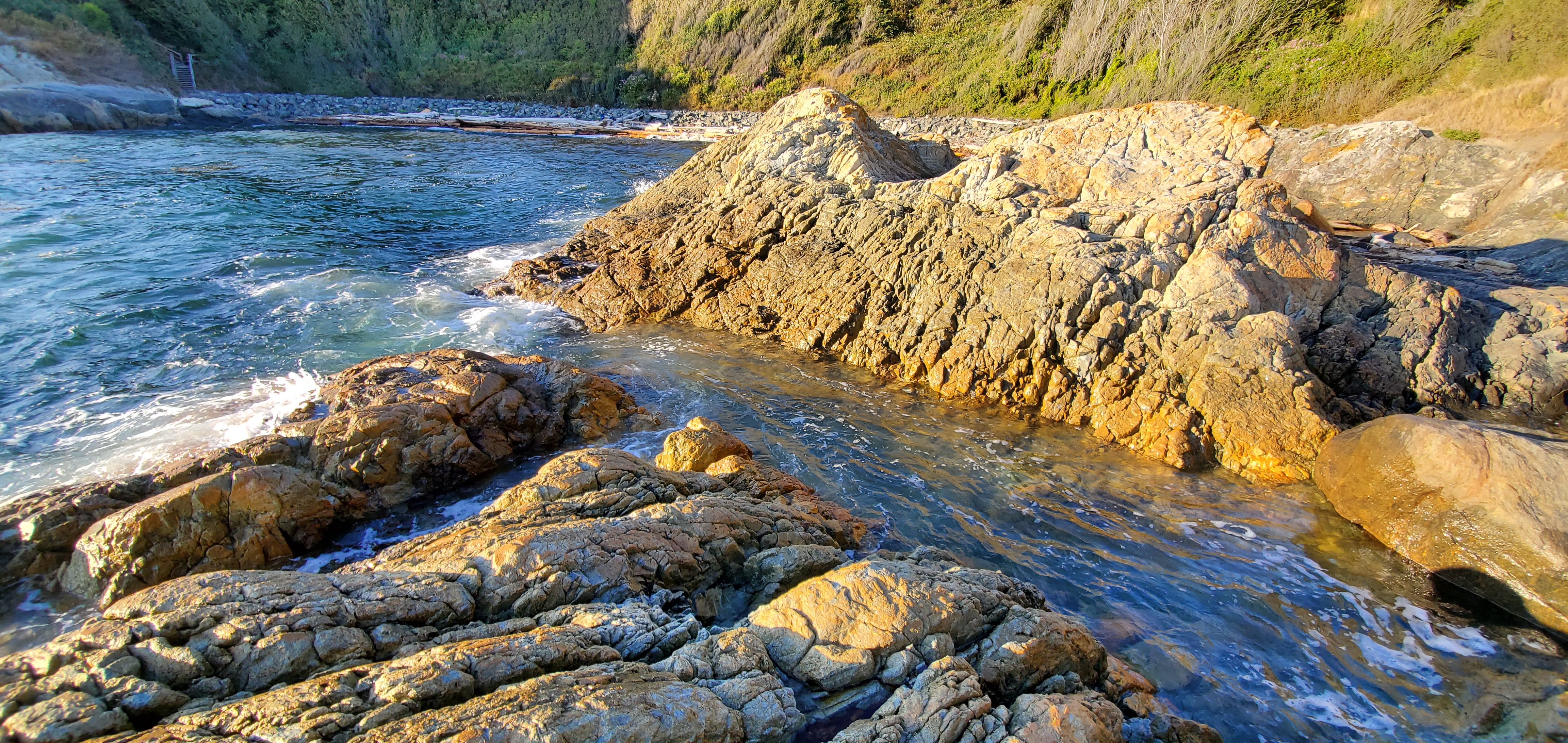
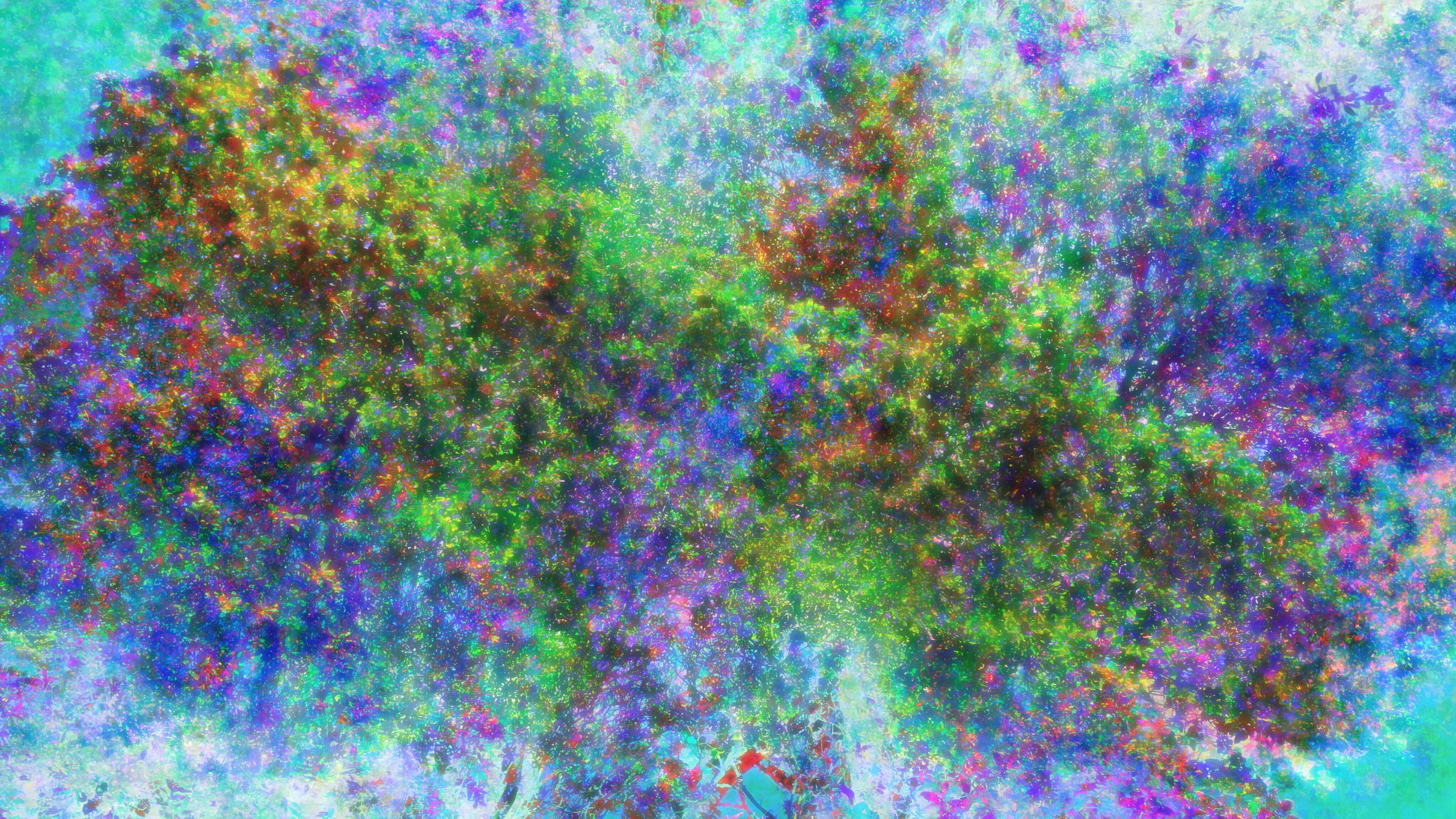
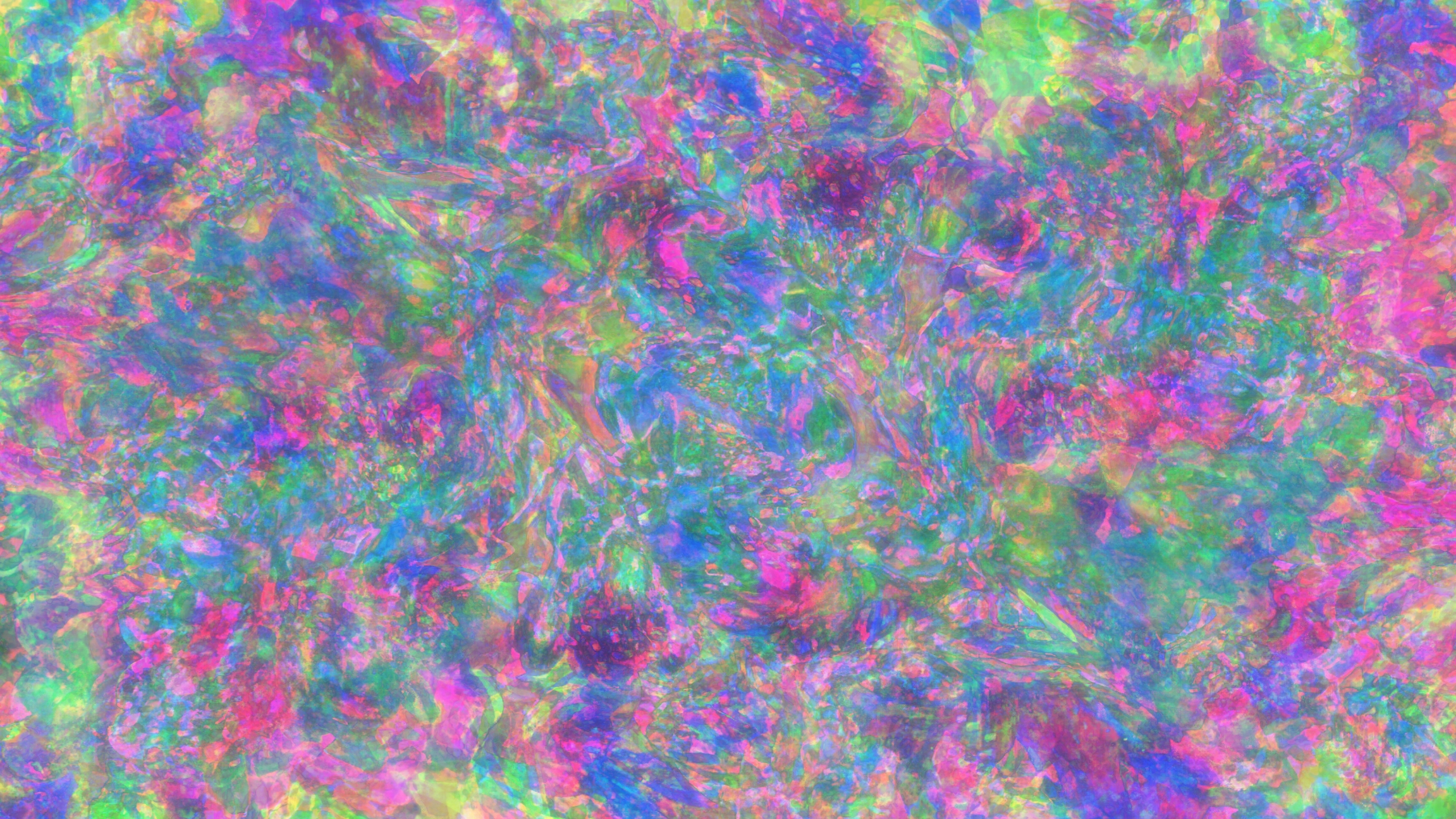
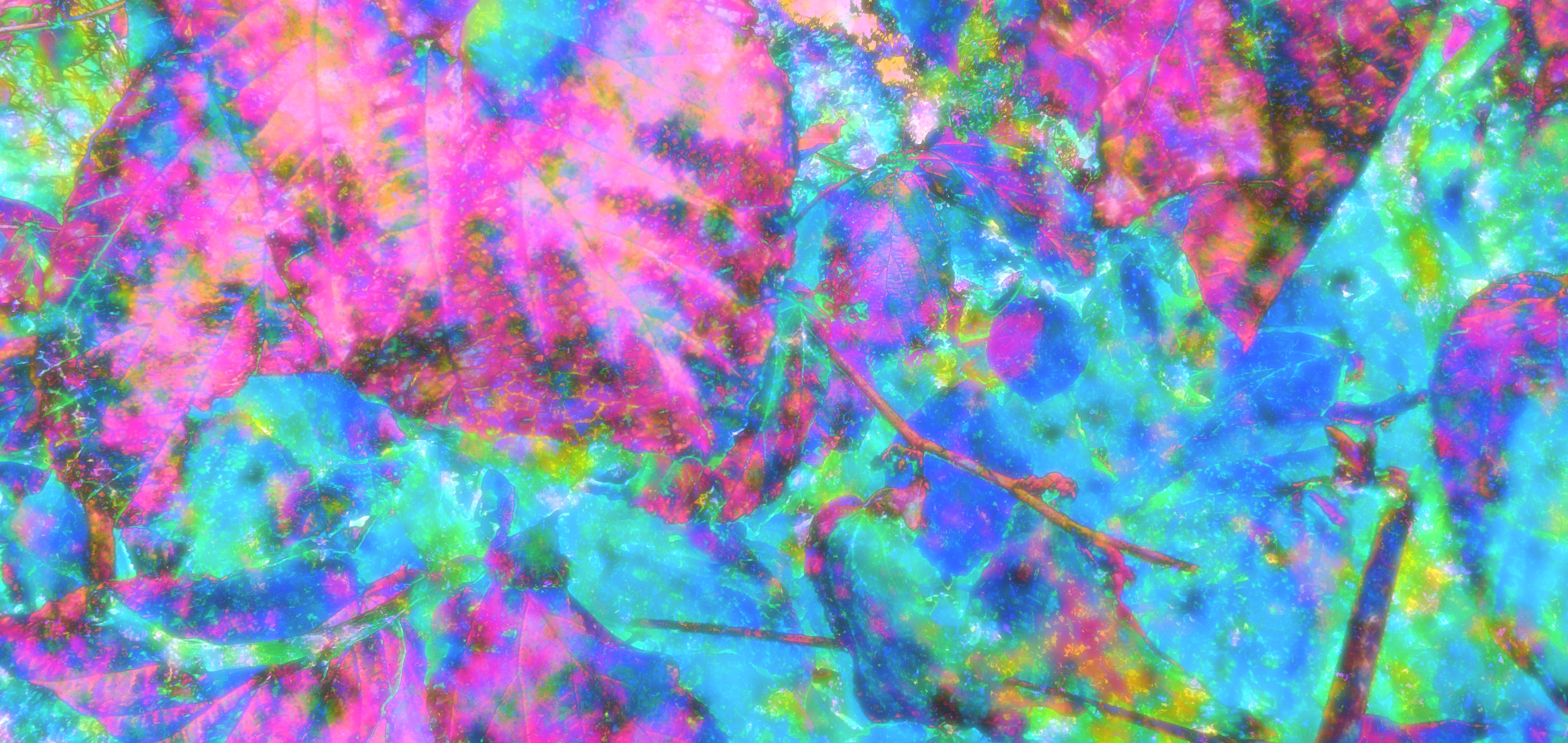
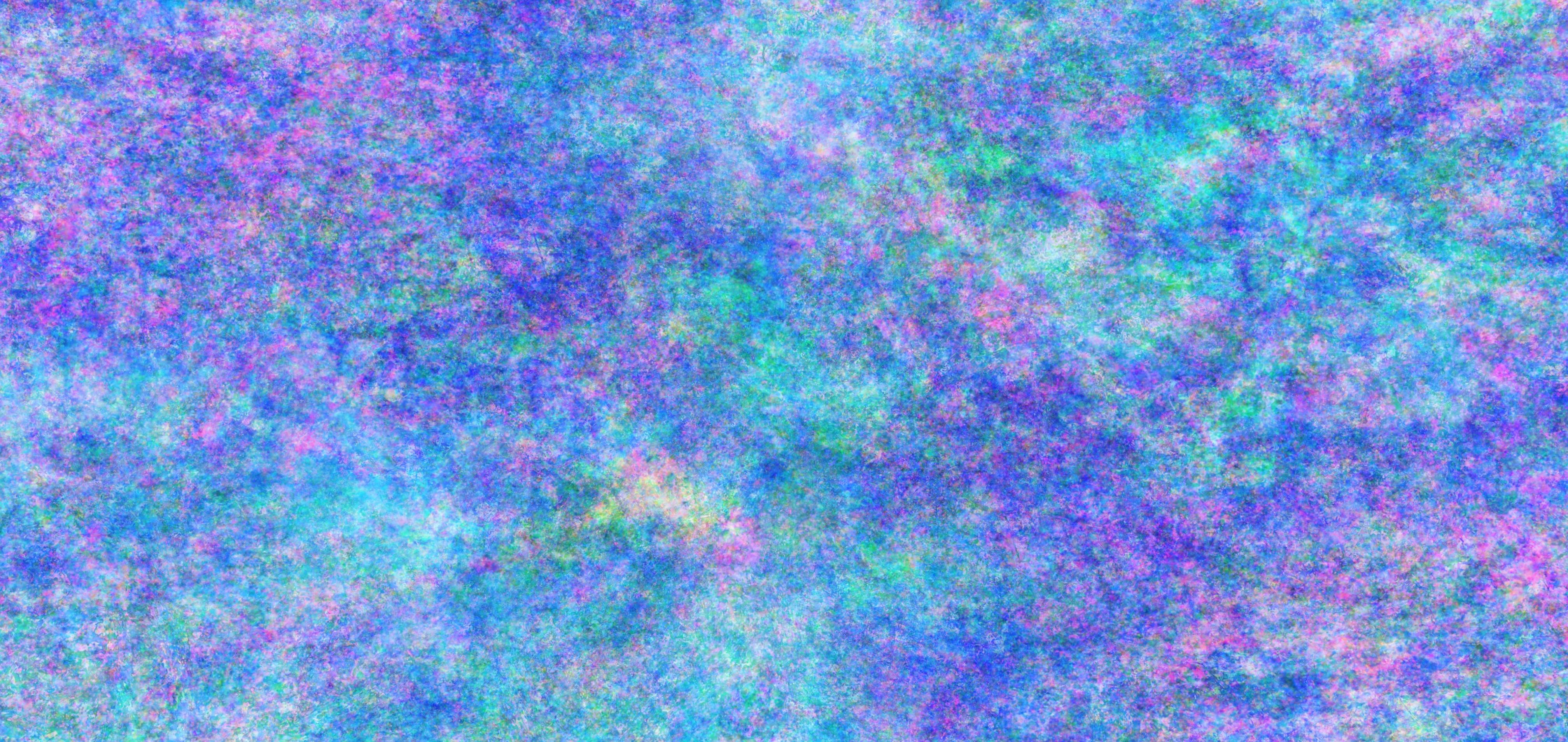
Recent Comments